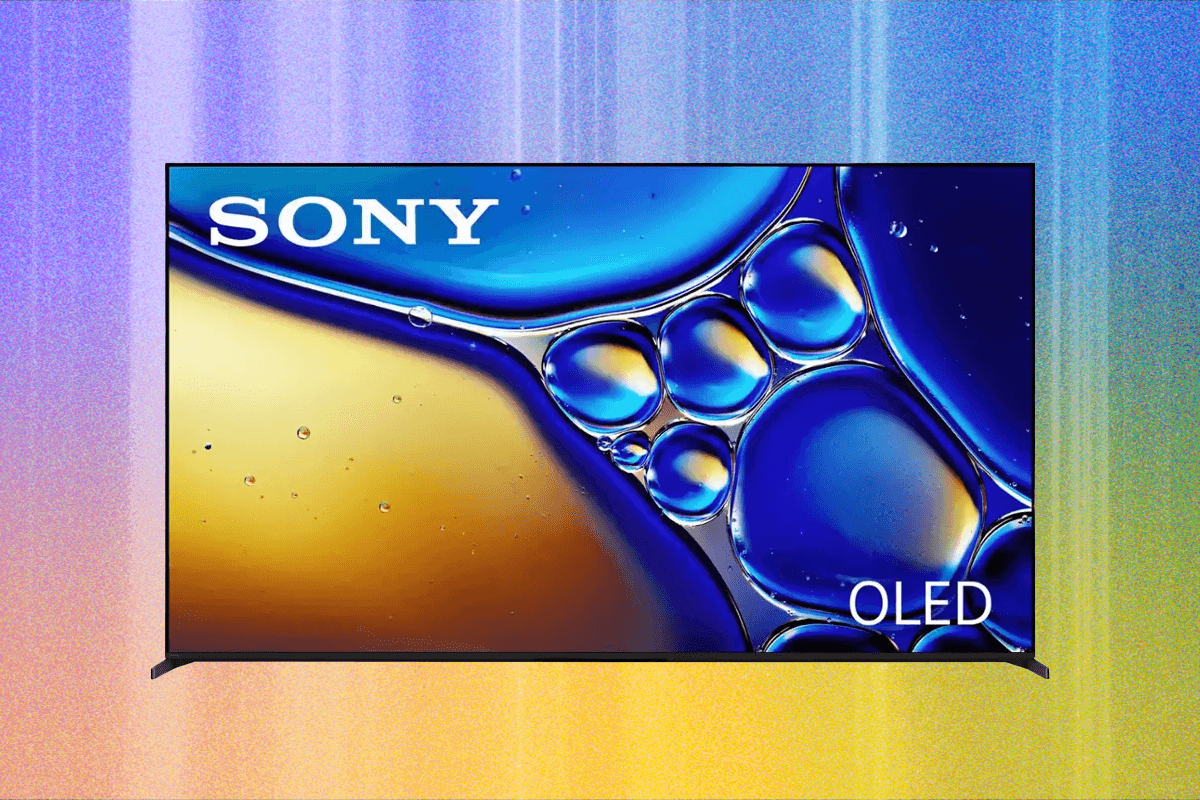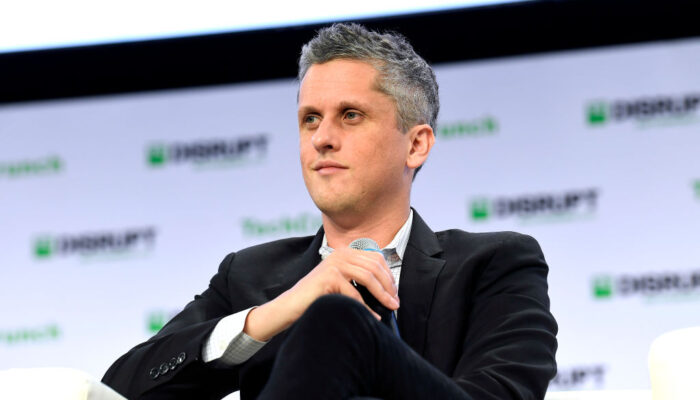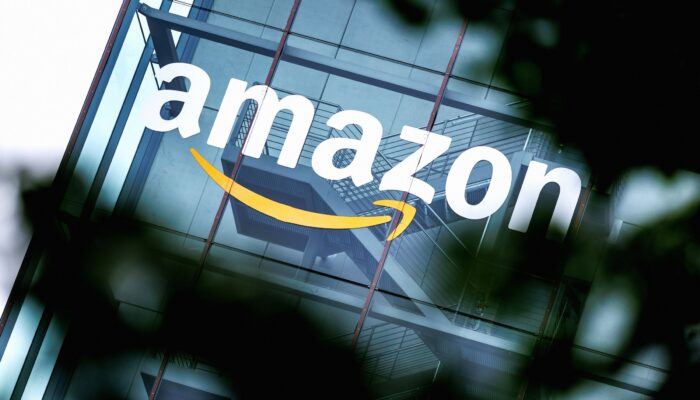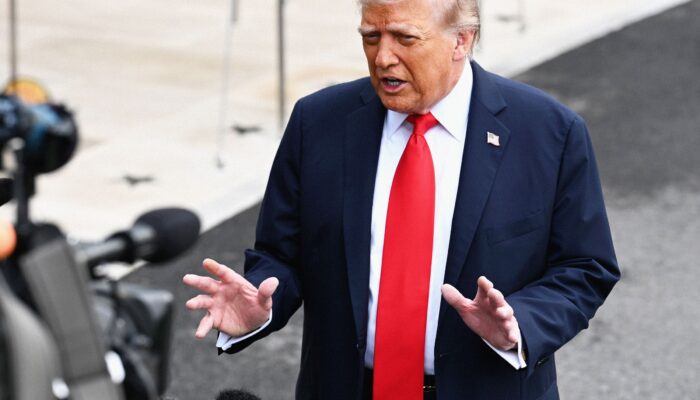If you’re looking for a premium 2025 TV, the latest round of the best OLEDs has you spoiled for choice. With LG and Panasonic using LG’s new breakthrough four-stack panel, and Samsung and Sony sharing Samsung’s most advanced QD-OLED panel yet, there are four tantalizing top-tier OLED TVs hitting stores this year, each one offering a notable brightness boost to go along with OLED’s many other talents.
What Sony has done with Samsung’s new display is, in a word, beautiful. The awkwardly named Bravia 8 II, which replaces 2023’s gorgeous A95L (9/10, WIRED Recommends), is brilliantly balanced with punchy brightness, expressive and natural colors, and Sony’s sweet image processing for a picture so clear that some images seem almost three-dimensional.
For all its talents, the Bravia 8 II has some downsides compared to the phenomenal LG G5 (9/10, WIRED Recommends) it replaced on my console, including lower peak brightness and a backdrop that’s more deep charcoal than pitch black, leading to less impactful contrast and perceived image depth. For gaming, Sony continues to skimp on connectivity with just two HDMI 2.1 ports.
Persnickety as these complaints sound, they’re elevated by pricing: the 65-inch Bravia 8 II model I reviewed lists as high as $700 more than the G5 stateside at launch (though discounts already exist). Make no mistake: This is still a fabulous TV for the right buyer, offering sights (and sounds) worthy of a front-row spot on 2025’s stunning mantle of premium screens. As usual, if you want the best processing that money can buy, this Sony is a clear winner.
On the Wall
Photograph: Ryan Waniata
Unlike most TVs in its class, Sony’s top OLED again opts for legs at the panel’s far sides instead of a pedestal stand. This can be helpful for soundbar placement where big pedestals cause trouble, but unless your console is 60 inches wide, you’ll need to wall-mount the TV as I did. The 8 II’s mount screws are placed rather low, meaning the TV sat higher than I wanted, which is something to note if your mount is already in place.
The TV is subtly stylish, with familiar plastic checkers at the back panel, and paper-thin bezels out front. There’s some recency bias here, but I couldn’t help noticing how much milkier the panel looks compared to the LG G5’s black void, which I kept noticing throughout my evaluation. On the bright (or rather dark) side, the TV’s reflection handling is among the best I’ve seen, diffusing nearly everything but direct lighting, without the full matte look of Samsung’s latest models.
Software setup is a relative cinch with Google TV’s plug-and-go layout, letting you adjust most parameters with your phone and G Suite credentials. I’m a fan of Google TV’s overall ride, especially the ability to use Google Photos as screen savers, about the only time I take to reminisce on past adventures. Sony’s implementation has improved with each iteration, and apart from Google’s overly zealous ads, I had virtually no complaints over weeks of smooth streaming and navigation.
That includes zoomy channel surfing through 50-odd channels via my HD antenna with the Bravia 8 II’s compact remote. The remote is simple but intuitive, especially compared to the oddly oriented G5 remote, though it would be nice if it were backlit, considering that the 8 II—like all OLEDs—does its best work in lower lighting.




